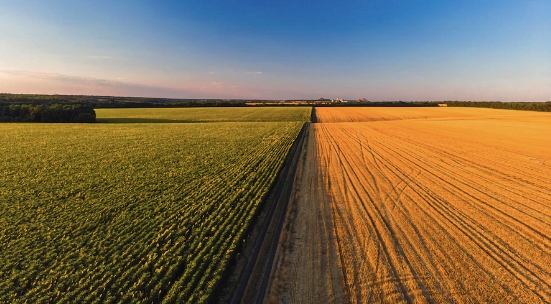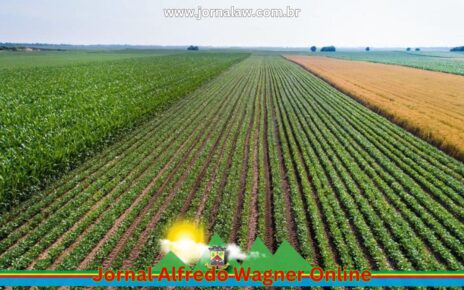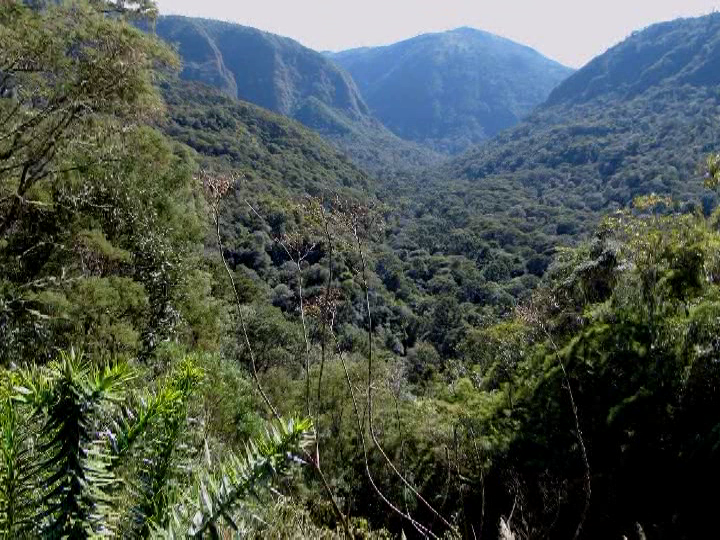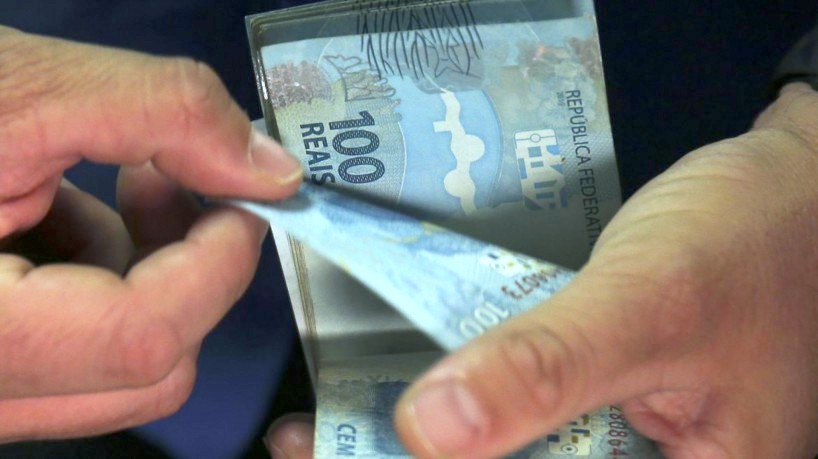Drought and intense rains caused by climate change can cause losses of up to 100% of the crop and losses that can reach R$ 100 billion.
The Sixth Assessment Report of the Intergovernmental Panel on Climate Change (IPCC) pointed to an accelerated growth in the global average temperature. In 2021, the high was 1.59ºC and the climate changes caused by the phenomenon worry the planet – mainly agribusiness. According to the Soy Culture Survey, conducted by Climate Fieldview, this is the biggest concern of 72% of soy producers.
No wonder, changes in temperature patterns, rainfall patterns and other meteorological parameters are already impacting global agricultural production. For example, Europe is facing the worst drought in 500 years and has seen more than 270,000 hectares hit by forest fires.
In Brazil, it is estimated that climate instability has caused a loss of about R$ 72 billion in the 2021/2022 soybean crop, which is the main commodity produced in the country.
The IPCC points out that these phenomena are the result of the environmental imbalance caused by human activities. According to the report, the global temperature will increase by 1.5ºC between 2030 and 2052 if the global community takes action. In other words, more damage.
Losses caused by weather events can be up to 100%
While part of the producers are harmed by excessive rain, another part suffers from intense drought and high temperatures. In 2021, for example, excess rain and high humidity were responsible for causing losses of up to 100% in several soybean crops grown in the state of Mato Grosso.
That same year, the states of the southern region of the country experienced the consequences of a severe drought. The estimate is that the drought has caused losses of up to R$ 100 billion, adding up the losses calculated for all states and producers in the region.
The expectation for 2022 is not much different. Just earlier this year, the drought caused record losses for soybean producers in Rio Grande do Sul . Producers in the municipality of Giruá (RS), for example, registered a reduction from 60 to about 5 bags of soybeans harvested per hectare.
According to the Federation of Agricultural Cooperatives of the state (Fecoagro-RS), almost half of the expected harvest was lost, generating an estimated loss of R$ 36.14 billion.
These figures show that the rise in the global average temperature puts the entire agricultural production chain. The low productivity caused by this climate problem not only causes shortages, but also increases the price of food, which increases inflation and makes the cost of living more expensive.
As a result, climate change can generate serious economic losses for producers and consumers, jeopardizing food security and the well-being of a population that continues to grow.
Therefore, ideally, this historic moment should be considered an opportunity for agribusiness to invest in sustainable technologies and implement good practices to maximize agricultural production in an efficient and intelligent way.
Sustainability and agricultural development go hand in hand
The concept of sustainability is usually associated only with the preservation of the environment. However, experts agree that it is impossible to talk about environmental preservation without considering that social and economic aspects also affect the environment.
That’s why, in 1994, the British entrepreneur John Elkington, created the term triple bottom line or “sustainability tripod”. According to this concept, sustainability involves three fundamental pillars that should guide all economic activities: Social, Environmental and Financial.
They must interact harmoniously in order to preserve environmental resources for future generations and, at the same time, guarantee social security and economic development.
The same logic behind the sustainability tripod concept is followed by the United Nations (UN). In 2015, the organization brought together representatives from 193 countries and prepared a document containing the 17 Sustainable Development Goals.
Among these goals are poverty eradication, economic growth and sustainable agriculture. After all, without agriculture there is no food and without food, there is no environmental preservation, nor social or economic stability.
In practice, this shows that when it comes to sustainability, it is impossible to demand that producers simply stop agricultural production.
Therefore, what organizations and experts believe is that agricultural production can and should be optimized and carried out in a more conscious way. And all this is possible with investments in research and the application of modern cultivation techniques and technologies.
Agriculture is part of the solution for sustainable development
In addition to the estimates of the increase in the global average temperature and its consequences for the agricultural sector, the producer still has to deal with another challenge: the increase in demand for agricultural products.
According to the Food and Agriculture Organization of the United Nations (FAO), agricultural production needs to grow by almost 70% by 2050 to meet the needs of a world population estimated at 9.8 billion people.
Given this scenario, the Brazilian Agricultural Research Corporation (Embrapa) points to technological convergence and the adoption of more sustainable agricultural production systems as some of the megatrends that should guide Brazilian farmers until 2030.
In practice, in addition to adopting more sustainable cultivation practices, such as Integrated Crop-Livestock-Forest (ILPF), crop rotation and No-tillage System (SPD), the producer also needs to invest in the digitalization of the field, that is, in the technological convergence of the farm.
This means that the farmer needs to adopt integrated systems, data science, management software, artificial intelligence, among other features of precision agriculture and digital agriculture to optimize the management and management of the crop.
As a result, it is possible to create more assertive strategies to increase productivity per hectare, use environmental resources more efficiently, improve crop profitability and plan to protect crops from adverse weather conditions.

Caroline Peres



